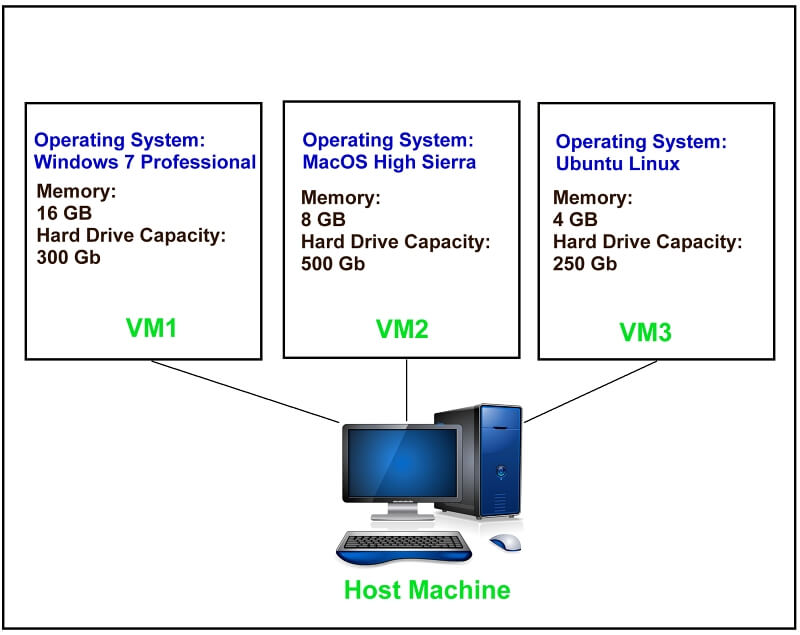Is your computer suffering from a hang-Up? Does it constantly seize up when you try to run certain programs or games? If so, your computer might need some help in the past. Thankfully, there are plenty of online tools that can help your computer recover from any issue quickly and easily. In this article, we’ll guide you through the different types of computers you can use to create a virtual machine with a Tp-Link Ax73 Emulator for your next computers. Read on for more information and details!
What is a virtual machine?

A virtual machine is a type of software that runs on top of another software layer. The virtual machine can be an application, a website, an image file, or some other type of content.
What can be done with a virtual machine?
Getting your virtual machine up and running with Tp-Link Ax73 Emulator is as easy as clicking “Add to Start Menu” and “Add to Desktop”. Next, open up a command prompt as an administrator. Type the following commands one at a time: ipfw activate -i eth0 ipfw stop -i eth0 ipfw forward -i eth0 umask 0600 -i eth0 umask 0201 -i eth0 cpufreqspeed 1 -i ir0 cpufreqspeed 2 -i cr0 cpufreqspeed 3 -i ec0 cpufreqspeed 0 -i f0 cpufreqspeed 1 -i g0 cpufreqspeed 2 -i b0 cpufreqspeed 3 -i a0 cpufreqspeed 4 -i s0 cpufreqspeed 5 -i s0 cpufreqspeed 6 -i s1 cpufreqspeed 7 -i s2 cpufreqspeed 8 -i s3 cpufreqspeed 9 -i s4 cpufreqspeed 10 -i s5
How to create a Tp-Link Ax73 Emulator for your next computer
The first thing you need to do is to create a profile for your new machine. This is the only way that you will be able to access any of the administrative tools or the network admin tools within your new machine. Once you have your profile set up, you can connect your new machine to the Internet. From there, you can add more devices and printers, as well as make various network changes. In the future, you can use the existing machine to connect to other computers on the same network. This is a great way to add additional functionality to your existing system.
Best tools for creating a virtual machine

Now that you have your virtual machine up and running, it’s time to start working on some code. You can use any language that you’re comfortable with, including C, C++, C#, and Java. In general, you will want to use standard C libraries as well as plug-ins that will help to add functionality to your virtual machine. Go to the following article to get started with creating a virtual machine.
Conclusion
Now that you have all the necessary tools and software behind you, it’s time to get to work implementing all the amazing new functionality your new computer will support. The first thing you will want to do is to create a virtual machine. This is the most basic and basic way to do it. Once you have your virtual machine up and running, you will want to add additional functionality. You can use any language you’re comfortable with, including C, C++, C#, and Java. Once you have the base virtual machine set up, you will want to start working on adding more functionality.
You can use standard C libraries as well as plug-ins that will help to add functionality to your virtual machine. Once you have the necessary functionality set up, you will have a great virtual machine that can be used for many different types of computers.
